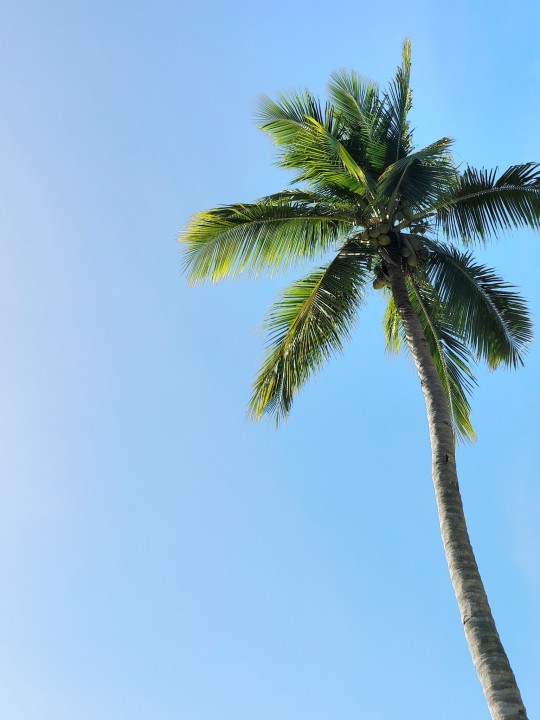#explore philippines
Explore tagged Tumblr posts
Text
PAHIYAS 2023: Grandeur maintained despite effects of Pandemic
With the unprecedented influx of tourists this 2023, the pride of Lucban, the Pahiyas Festival, truly poised itself as one of the grandest festival in the province of Quezon, yet of the CALABARZON Region. The iconic and colorful “Kipings”, the edible and identifiable decor that defined the branding of Pahiyas made its way back as adornments of the Lucbanin locals’ homes for that mammoth crowd to…

View On WordPress
0 notes
Video
youtube
LAS CABANAS BEACH 🇵🇭 EL NIDO PHILIPPINES (VANILLA BEACH)
#youtube#el nido#philippines#philippines travel#explore philippines#el nido beach#vanilla beach#las cabanas beach#palawan#beach travel#couple travel
0 notes
Text

" Saw-Whet Owl " // © Jennil Modar
#philippines#nature#Wildlife#Birds#Saw-Whet Owl#photography#aesthetics#wanderlust#explore#follow#discover
330 notes
·
View notes
Text
📍Bon Bon Beach, Romblon, Philippines 🇵🇭
#video#view#paradise#nature#paraiso#natureza#explore#travel#trip#travel destinations#goals#beach#philippines#filipinas#bon bon beach#sky#summer#vacation#praia#sea#ocean#waves#people#Romblon
114 notes
·
View notes
Text

January was a good month
#me#mine#bae#mine me#losangeles#cute selfie explore ig model#cute#pretty#baby#girlblogging#philippines#filipina#gym selfie#january#january dump
59 notes
·
View notes
Text
brother joked about magneto getting a volleyball skin in rivals and i almost passed out
#snap chats#and then like three seconds later we joked about him getting a badketball skin instead. another casual w for the philippines#did you guys know i used to play volleyball… not officially i just used to go to this sand volleyball thing with my eldest sis … good shit#not important whats imporrnatjs. if ant finish this post sorry i imagined erik in tiny shorts and i thinj i hauvr covid#OH YEAH WE WERE TALKING ABOUT THIS CAUSE i was explaining to him rivals stuff#i was exploring magneto’s kit more and figuring out Technical Gameplay Stuff and Yeah#we were talked about his ult for a bit and thats why my bro was like#‘oh if they ever have sports skins magneto should get a volleyball one. his barrier already looks like when you hit the ball back’#and then of course the meteor’s a spike but the blood left my brain at that point so i didnt hear it#then three seconds later he was like ‘oh yeah orbasketball and the meteor can be a dunk’ LMAOOOO#stupid old man you’ll never be balling. chat youre not gonna believe this—#NO THEN STRANGE GONNA BLOCK MY DUNK he’s my opp forever. disgusting.
27 notes
·
View notes
Text

#good morning#sky#photography#landscape#nature lovers#nature#adventure#explore#enjoy life#enjoy#beautiful place#iloilo#philippines#trees
22 notes
·
View notes
Text




As a solo gay traveler. 🌴
53 notes
·
View notes
Text

instagram.com
Cebu, Philippines by Quin Schrock
40 notes
·
View notes
Text

1600s
Drew both Piris in the 1600s, but in their much fancier wear :D Their attire is very Lusong (Tagalog + Kapampangan) since they're pretty much under Maynila's care for most of the time here though the rest of their accessories are from other provinces.
#hetalia#hws philippines#hws nyo!philippines#i have so many thoughts abt them in this time period tbh#since usually it's just timeskip from 1521 mactan to 1800s forwards lol#also nyo!piri looks tinier bc im exploring a certain scenario rn of her being born later compared to piri#maybe ill explain more someday... maybe
158 notes
·
View notes
Text
Escape to paradise and discover the crystal clear waters of Coron, Philippines!🌴
#explore#tourism#travel#travel photography#traveling#travels#vacation#sightseeing#travel blog#the philippines#philippines#asia travel#west asia#bucketlist
10 notes
·
View notes
Text

Boracay, Philippines (by Roméo A.)
See more Philippines | Asia.
Enjoy our curated content? You can support us here.
#boracay#philippines#asia#travel#wanderlust#explore#tropical#tropical islands#tropical island#palm#palms#palm tree#li_destinations#curators on tumblr#travel photography#vacation#holiday
255 notes
·
View notes
Photo








“ Nutopia “ // Diego Castro
#Philippines#Art#Artist#Meta AI#AI#Artificial Intelligence#AI Modified#landscape#rice fields#midjourney#Solar Punk#Architecture#futurism#scifi#conceptualization#aesthetics#explore#follow#discover
561 notes
·
View notes
Text
📍Cadlao Lagoon, El Nido, Palawan, Philippines 🇵🇭
#video#view#paradise#nature#paraiso#natureza#explore#travel#trip#lagoon#cadlao lagoon#el nido#palawan#philippines#canoes#love#music#vacation#landscape#summer#travel destinations#goals#blue lagoon#mountains#peaceful#Filipinas
101 notes
·
View notes
Text

Ig pinkflme
http://instagram.com/pinkflme
35 notes
·
View notes
Text
in case you guys dont hear from me in the next few weeks

#luo.txt#ougughuhuHFHVHUIFHIUFN VHHJVCBHJVHBJBHVCVCFJKG#HM#GMJKJGFKJKGFKJGFKJFG#IM SOOO NORMAL#bellara ohmymh god girl im coming for u <3333333333#might not be able to explore every inch of the game tho bc like. im gonna be in the philippines next month#but uewuiuifvjdfvfjdvdjbhgfjkfknnkdfbgfbdk#also i wont be doing any liveposting or anything so dw abt me posting spoilers !!!#i tend to keep to myself (have been for a while in general) w new games so if anything ill likely scream after the fact .#but knowing my excitement this will be a challnenge
6 notes
·
View notes